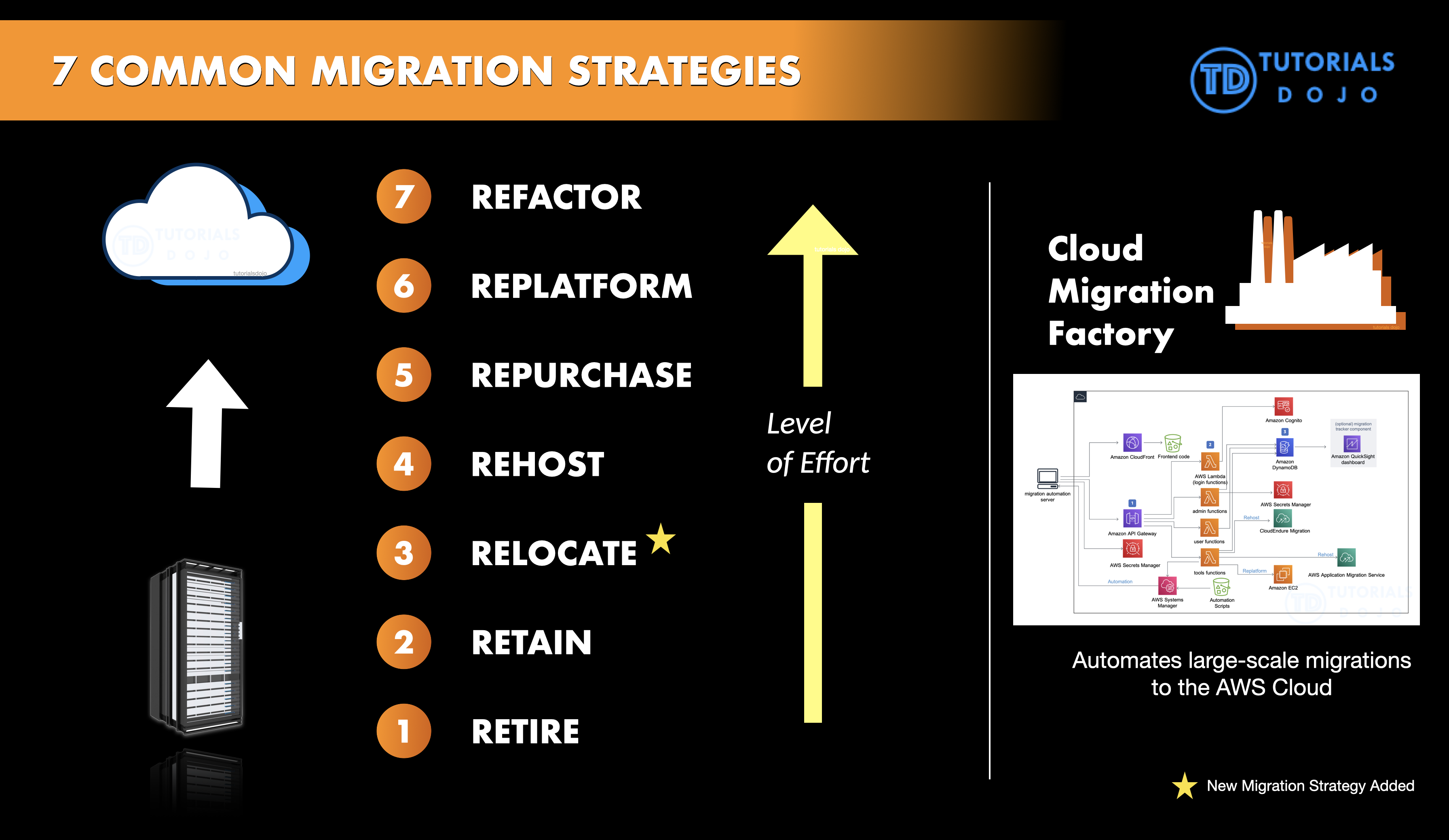AWS Lambda Integration with Amazon DynamoDB Streams
Jon Bonso2021-05-03T13:23:37+00:00Amazon DynamoDB is integrated with AWS Lambda so that you can create triggers, which are pieces of code that automatically respond to events in DynamoDB Streams. With triggers, you can build applications that react to data modifications in DynamoDB tables. After you enable DynamoDB Streams on a table, associate the DynamoDB table with a Lambda function. AWS Lambda polls the stream and invokes your Lambda function synchronously when it detects new stream records. Configure the StreamSpecification you want for your DynamoDB Streams: StreamEnabled (Boolean) - indicates whether DynamoDB Streams is enabled (true) or disabled (false) on the table. StreamViewType (string) [...]











